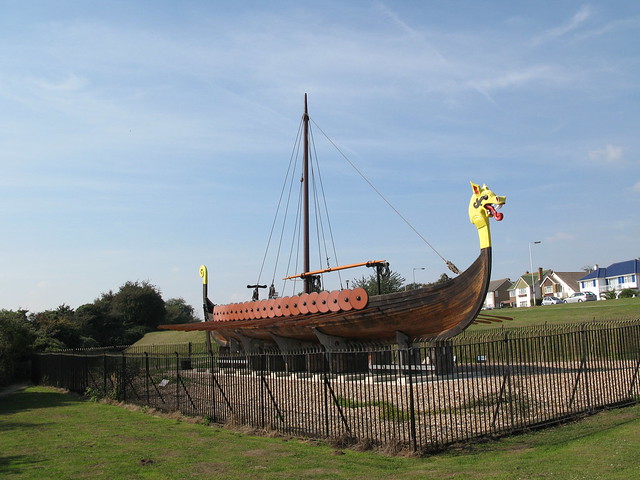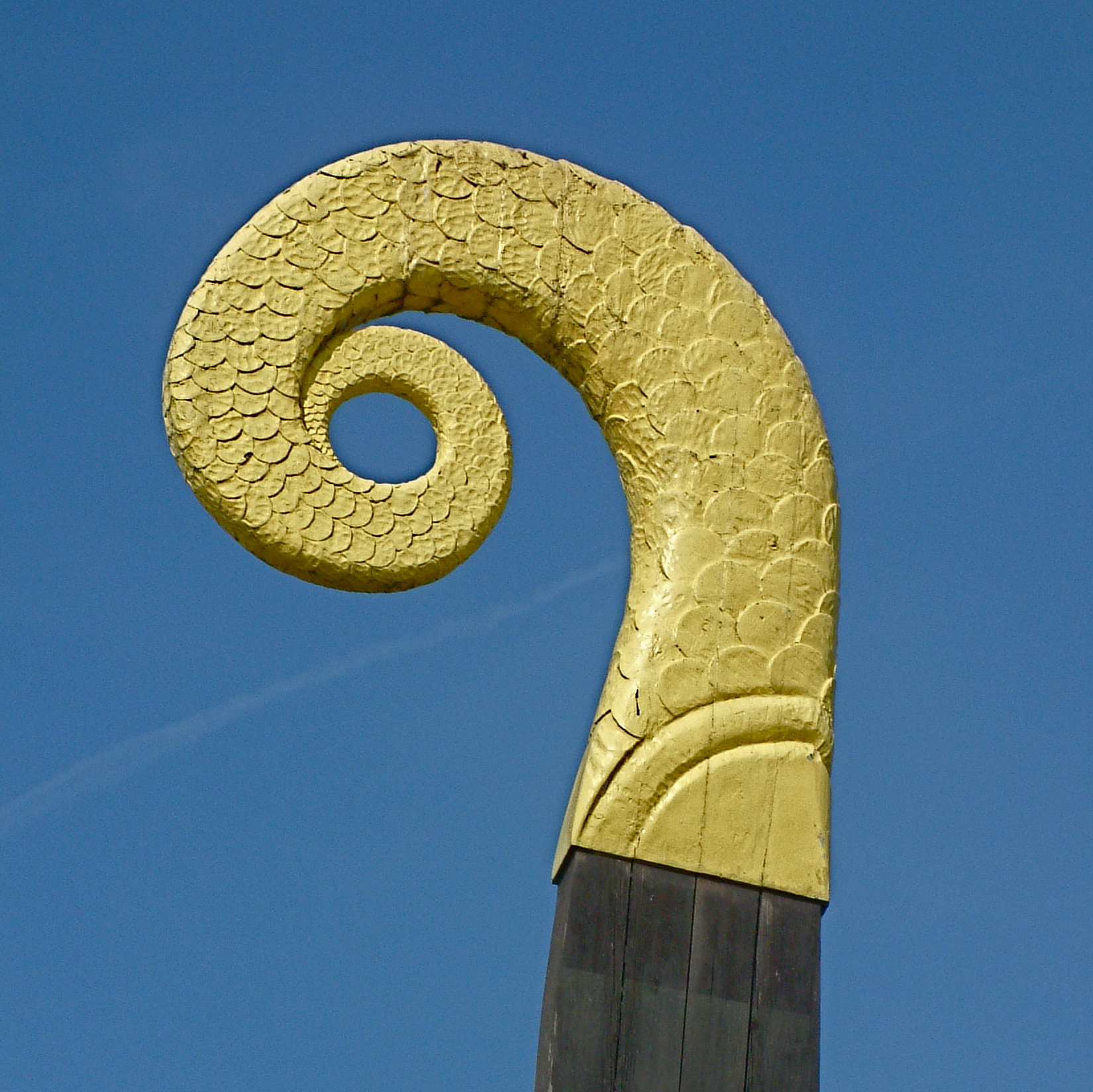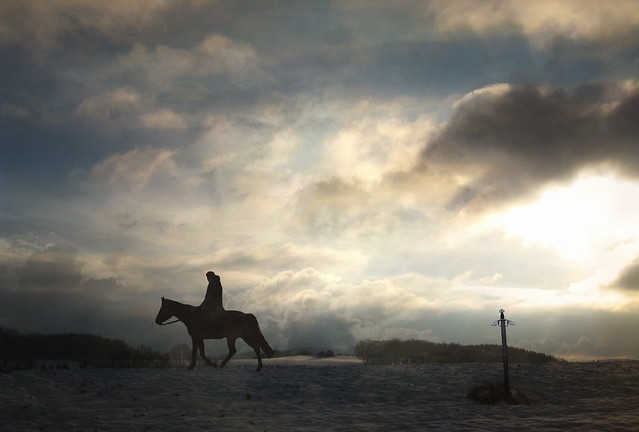Inside the Medieval Mind is a documentary exploration of medieval attitudes by historian Robert Bartlett. Religious interpretations dominated the thinking of the time.
Sex investigates the private lives of medieval men and women, looking at theories of sexual difference, the realities of male-female relationships and courtly romance, and the attitudes of the Church authorities and wider society to marriage, sex and sexual practice, homosexuality, virginity and the celibate vocation.
Fragmentos del pasado: historias, leyendas, mitos, folklore, recreación histórica.
abril 27, 2013
abril 25, 2013
La Europa medieval olvidada
La mayoría de quienes están interesados en estudios medievales encuentran que pueblos como ávaros, búlgaros, jázaros y cumanos casi han sido suprimidos de la historia, quedando aquella Europa del Este como un tema marginal y hasta exótico.
Avars, Bulgars, Khazars and Cumans
Edición de Florin Curta
Brill, 2007
Libro basado en las conferencias del Congreso Internacional de Estudios Medievales, Kalamazzo 2005-2007.
Indice
- Tivadar Vida, Conflict and coexistence: the local population of the Carpathian Basin under Avar rule (sixth to seventh century)
- Peter Stadler, Avar chronology revisited, and the question of ethnicity in the Avar qaganate
- Péter Somogyi, New remarks on the flow of Byzantine coins in Avaria and Walachia during the second half of the seventh century
- Uwe Fiedler, Bulgars in the Lower Danube region. A survey of the archaeological evidence and of the state of current research
- Orsolya Heinrich-Tamaska, Avar-age metalworking technologies in the Carpathian Basin (sixth to eighth century)
- Bartłomiej Szymon Szmoniewski, Two worlds, one hoard: what do metal finds from the forest-steppe belt speak about?
- Florin Curta, The earliest Avar-age stirrups, or the “stirrup controversy” revisited
- Valeri Iotov, A note on the “Hungarian sabers” of medieval Bulgaria
- Veselina Vachkova, Danube Bulgaria and Khazaria as part of the Byzantine oikoumene
- Tsvetelin Stepanov, From ‘steppe’ to Christian empire and back: Bulgaria between 800 and 1100
- Dimitri Korobeinikov, A broken mirror: the Kipçak world in the thirteenth century
- Victor Spinei, The Cuman bishopric – genesis and evolution
- Florin Curta, The history and archaeology of the “other Europe”. A bibliography
abril 15, 2013
Réplica del primer barco sajón llegado a Inglaterra
El barco Hugin es una réplica construida para conmemorar el 1500 aniversario del viaje
en que el original llegó a Britannia. Es un regalo del gobierno de Dinamarca, ya que desde ese país, concretamente desde Jutlandia, partió la migración de anglos, sajones y jutos, mandados por los hermanos Hengist y Horsa.

en que el original llegó a Britannia. Es un regalo del gobierno de Dinamarca, ya que desde ese país, concretamente desde Jutlandia, partió la migración de anglos, sajones y jutos, mandados por los hermanos Hengist y Horsa.

Se exhibe cerca de Pegwell Bay, Kent, donde llegó el barco original.
abril 09, 2013
Documental: Inside Medieval Mind (Knowledge)
Inside the Medieval Mind
Knowledge
BBC4 / 2008
One of the world's greatest authorities on the Middle Ages, Professor Robert Bartlett of St Andrew's University, investigates the intellectual landscape of the medieval world. In the first programme, Knowledge, he explores the way medieval man understood the world - as a place of mystery, even enchantment. The world was a book written by God. But as the Middle Ages grew to a close, it became a place to be mastered, even exploited. In Sex, he unearths remarkable evidence of the complex passions of medieval men and women. The Church preached hatred of the flesh, promoted the cult of virginity and condemned woman as the sinful heir to Eve. Yet this was the era that gave birth to the idea of romantic, or 'courtly' love. In Belief, the supernatural comes under the spotlight. The medieval dead shared the world with the living: the cult of the saints, encounters with the dead, and visions of the next world were all seen as proof of a two-way traffic between this world and the next.In the final programme, Power, Professor Bartlett lays bare the brutal framework of the medieval class system. Inequality was a part of the natural order: the life of serfs was little better than those of animals, while the knight's code of chivalry was based more on caste solidarity than morality. The class you were born into determined who you were».
A documentary exploration of medieval attitudes by historian Robert Bartlett. Religious interpretations dominated the thinking of the time.
One of the world’s greatest authorities on the Middle Ages, Professor Robert Bartlett of St Andrew’s University, investigates the intellectual landscape of the medieval world.
Knowledge
BBC4 / 2008
One of the world's greatest authorities on the Middle Ages, Professor Robert Bartlett of St Andrew's University, investigates the intellectual landscape of the medieval world. In the first programme, Knowledge, he explores the way medieval man understood the world - as a place of mystery, even enchantment. The world was a book written by God. But as the Middle Ages grew to a close, it became a place to be mastered, even exploited. In Sex, he unearths remarkable evidence of the complex passions of medieval men and women. The Church preached hatred of the flesh, promoted the cult of virginity and condemned woman as the sinful heir to Eve. Yet this was the era that gave birth to the idea of romantic, or 'courtly' love. In Belief, the supernatural comes under the spotlight. The medieval dead shared the world with the living: the cult of the saints, encounters with the dead, and visions of the next world were all seen as proof of a two-way traffic between this world and the next.In the final programme, Power, Professor Bartlett lays bare the brutal framework of the medieval class system. Inequality was a part of the natural order: the life of serfs was little better than those of animals, while the knight's code of chivalry was based more on caste solidarity than morality. The class you were born into determined who you were».
A documentary exploration of medieval attitudes by historian Robert Bartlett. Religious interpretations dominated the thinking of the time.
One of the world’s greatest authorities on the Middle Ages, Professor Robert Bartlett of St Andrew’s University, investigates the intellectual landscape of the medieval world.
abril 03, 2013
La espada
h.koppdelaney/flickr
La palabra espada proviene del latín spatha (que también sirvió para denominar a la espada larga y recta romana de caballería), y esta, a su vez del griego spathe. Etimológicamente el nombre permanece hoy día en el francés como épée y en el italiano como spada.La espada es un arma blanca de uno o dos filos que consiste básicamente en una hoja recta cortante, punzante —o con ambas características—, con empuñadura, y de cierta envergadura o marca (marca: aproximadamente a partir de medio metro). Según la definición estricta no serían espadas los sables, las katanas, etc.
En un sentido más amplio se tiende a entender por espada cualquier arma blanca de cierta envergadura, independientemente del estilo de la hoja. El diseño y la construcción de la espada puede variar mucho, según la longitud de la hoja, su forma, sus filos, sus empuñaduras, gavilanes, su procedencia, etc. De acuerdo con las características que poseen, reciben una determinada denominación que identifica, clasifica y encuadra al arma dentro de un tipo particular.
Tienen su hoja metálica afilada en uno o los dos filos si es de tajo, o sin filos y con puntas agudas y duras si es de punzar, o con ambas características. La empuñadura se hacía de muchos y diversos materiales, sobre todo si eran espadas para "ceñir" o de "parada" aristocráticas, pero se solía emplear la madera o cuerno recubiertos —o no— de cuero o cordelería.
Siendo su aparición muy temprana (IV milenio antes de nuestra era), su hoja se hizo inicialmente de cobre (muy débil), posteriormente de bronce, hierro y finalmente acero templado. La factura y el manejo de la espada permanecen constantes a lo largo de los siglos, pero las técnicas varían entre culturas y periodos como resultado de las diferencias en el diseño y propósito de la hoja. Los nombres dados a muchas espadas en la mitología, literatura e historia reflejan el alto prestigio del arma. (ver espadas famosas)
artículo completo en wikipedia
The German Martial Arts Tradition
Suscribirse a:
Entradas (Atom)





